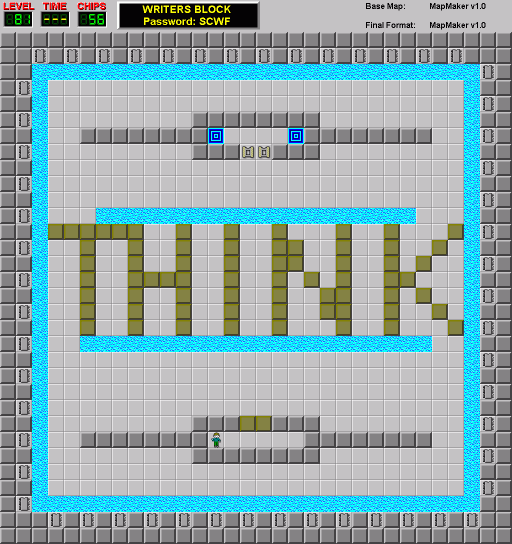The short answer is yes. It’s funny how when you get into the online marketing world you start to see things in the real world differently. We are being marketed to at practically every second of every day in some way. After you’ve spent a lot of time optimizing online campaigns, split testing ad copy & landing pages, and improving your ROI, it gives you a new perspective.
Here’s an example: your local corner store / gas station / convenience store. When you walk into that store (if it is a franchise with a corporate office somewhere), you are already participating in a marketing experiment. The placement of every product and display in that store has been carefully thought out, just like the layout of your latest landing page. It’s a bit different when there are physical elements instead of just virtual real estate to fill out, but there are a lot of striking comparisons.
You know how we will split test whether a landing page converts better when the call to action button is on the left side of the page or the right side of the page? Corner Stores do that same thing with that beverage cooler that’s always on the way to the register. You know, the one full of ice and frosty beverages on a hot summer day? It’s been placed in the perfect position to suggest to you that you should buy a drink. Not too close to the middle of the path, that would be obtrusive. Not too far away from the path, because then you would just walk right past it. This is just one example of the split testing that goes on in these retail locations. Don’t even get me started on how a massive store like Walmart has planned and laid out the process of marketing to their customers while they are in the store. The sheer mechanics of it are mind boggling.
The reason I’m bringing this up is to point out that if we online marketers always keep our eyes open, we might pick up on some great new ideas to test out in the online realm. The brick-and-mortar stores have been doing this a lot longer than we have, and they have spent millions of dollars (if not billions) learning how to get the most out of every customer that walks through their door.
So the next time you walk into a gas station to pick up a snack or head into Best Buy to get the latest Blu-Ray release, keep your eyes open. You might learn something.







 Earlier today I was talking to an affiliate friend of mine and World of Warcraft came up. Being a recovering WoW addict myself, it got me thinking about the concept of why these games are so popular. The gameplay isn’t entirely original, they use the same basic mechanics of the Role Playing Games that have been a video gaming staple ever since the original Nintendo Entertainment System was released. It’s also not that they are the latest and greatest games out there. In fact, most of these games (including WoW) have been around for many years. It is certainly not the allure of the best graphics and technological breakthroughs that makes these games so addicting. So what is the secret sauce?
Earlier today I was talking to an affiliate friend of mine and World of Warcraft came up. Being a recovering WoW addict myself, it got me thinking about the concept of why these games are so popular. The gameplay isn’t entirely original, they use the same basic mechanics of the Role Playing Games that have been a video gaming staple ever since the original Nintendo Entertainment System was released. It’s also not that they are the latest and greatest games out there. In fact, most of these games (including WoW) have been around for many years. It is certainly not the allure of the best graphics and technological breakthroughs that makes these games so addicting. So what is the secret sauce? The other thing.
The other thing.